The Leica M240 is the camera I have used most (so far) for serious and professional photography in my life, but somehow is the camera I’ve written about the least. I’m not much of a reviewer – I’ll either like something or I wont, I don’t tend to score things out of ten, so when i talk about my gear it is a very personal and subjective discussion about the way I used the camera and the stories I used it to tell, rather than an exact measurement of which days I ended up using the most megapixels.
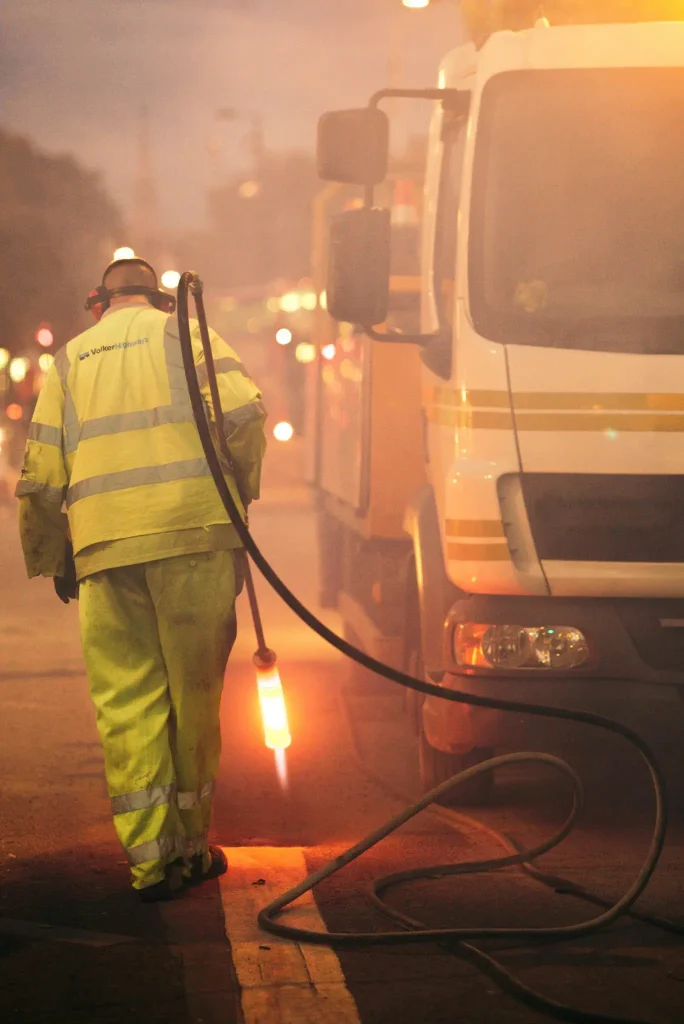
Now that I’ve upgraded to the M10 and relegated the Leica M240 as a backup camera for only very occasional use it feels easier for me to look back through my archive and to talk objectively about my time with the camera. I was surprised when I had a look to see what had already been written on this blog about the M240, and couldn’t find much. As it becomes more popular as the price decreases due to the introduction of the M10 there will be lots of people considering it as an entry into Leica, and rangefinder photography. Introduced in 2012 the Leica M240 is still very much a relevant, reliable, and sturdy camera.
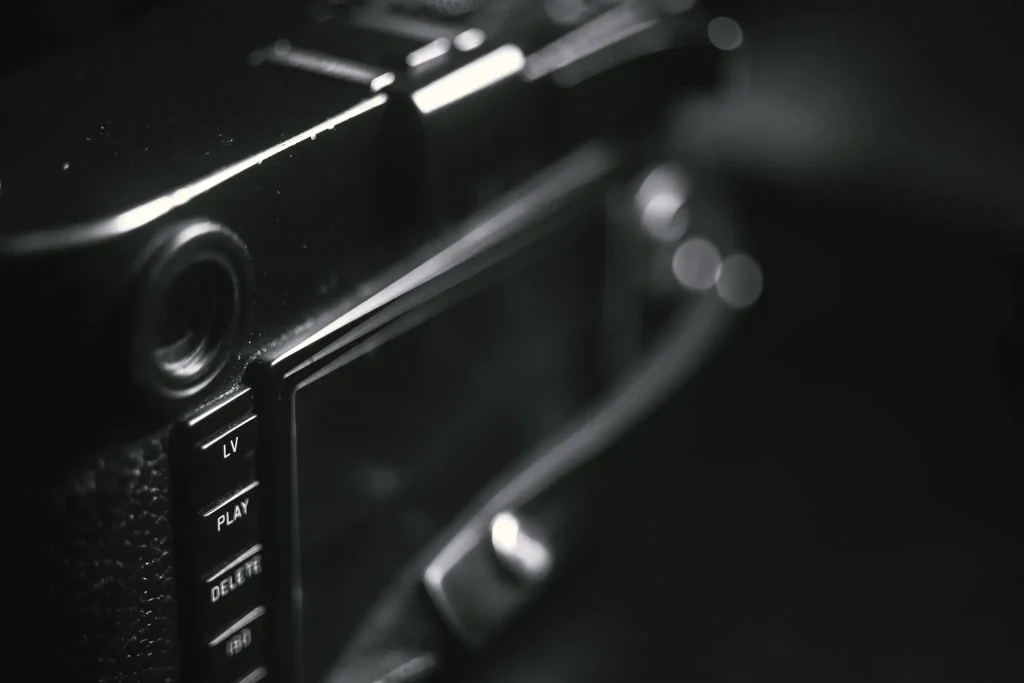
I collect photographs, not gear, and as such I don’t treat my Leica (or any camera for that matter) with kid gloves. Cameras and lenses are tools to be used and applied to study and create art. Over the last few years my Leica M240 has travelled with me, and seen use every single day.
It has been sprayed with all kinds of substances backstage at London Fashion Week, been through dust and sand during lens changes in the desert, been rained on especially in London (which it survives frequently due to its rubber sealing in all vulnerable points and around the baseplate). It has been kicked and spat on (not by me, of course), and has seen well over 200,000 actuations in its lifetime with me.
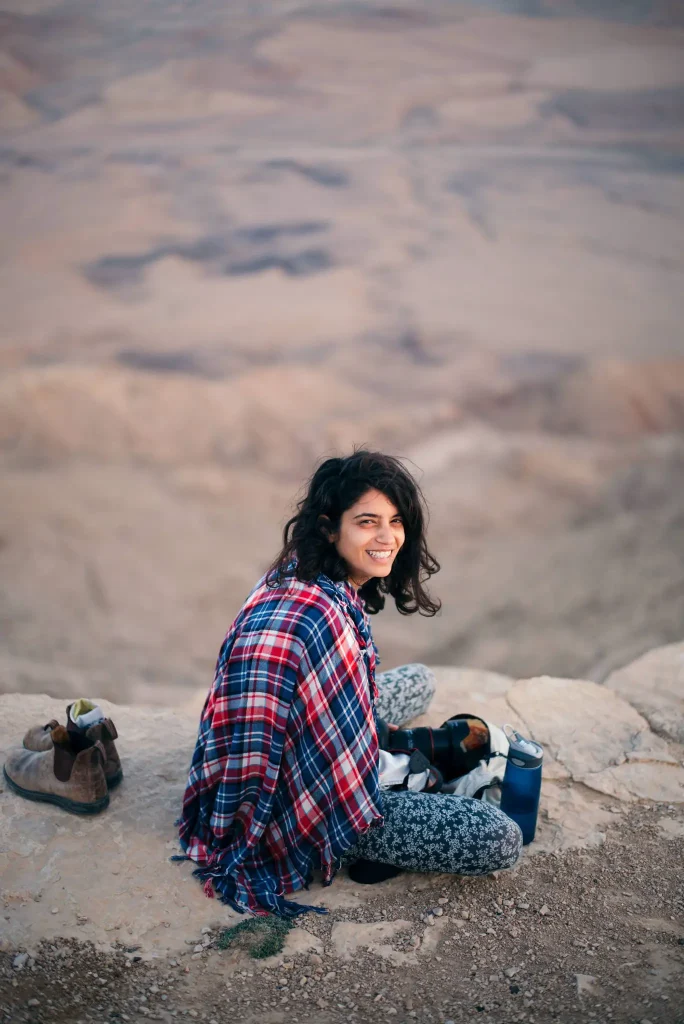
To show for all of this my camera is heavily brassed where the paint has worn away over time especially in areas which see constant use, as well as a few dings and scrapes, but all surface deep; and I have a portfolio of (hopefully!) beautiful work which I use somewhat frequently to secure new clients and opportunities. The beautiful brass patina is a really unique and distinct form of camera ageing – and beats melted plastic and rubber on a DSLR grip any day!
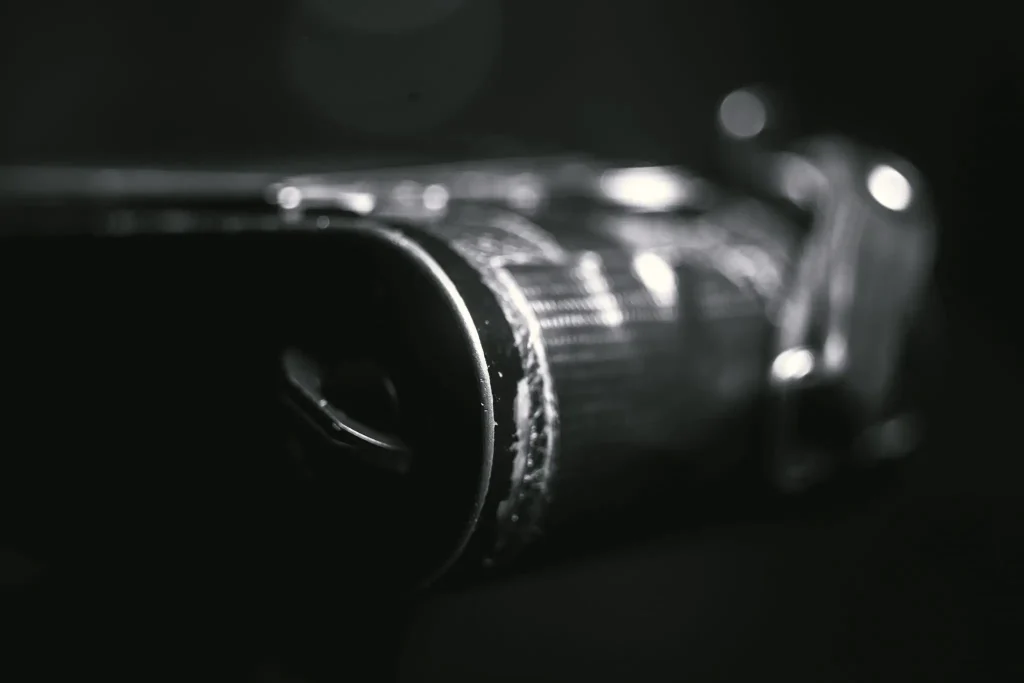
The Leica M240 is durable, and feels durable in the hand (as you would expect from a solid piece of brass). As far as cameras for life go it already feels like it is ready for another decade of travel and adventure.
That isn’t to say I’ve had no issues in use whatsoever – there were occasional freezes (mostly fixed with firmware) and a card reading issue which meant I had to send it to Germany for repair; it came back fully functional, but Leica does have a lot to learn when it comes to turnaround of its repairs. None of these issues were a result of any of the physical scars the camera wears.
In the condition it’s in now it is very unlikely it would ever sell at the market price, which means that I will shoot it until it dies, or make it into a gift for a loved one.
Considering the amount of use I’ve put into it it is actually quite difficult to know exactly what to talk about – my Leica M240 really has been with me every day of my life for years now, and has captured everything from Comic Con to Fashion Week, to my dinner on days I only had time to microwave something.

It is versatile, and took to all of these tasks readily – more readily than some mirrorless cameras I’d tried in the past. Everything on the Leica M240 was exactly as I set it – no more, and no less. If something went wrong with an exposure it was due to my own error and not the camera’s computer (again, as with some mirrorless options I had used).
It didn’t take me long to figure out what results I could expect under certain conditions – definitely the most tricky element to get used to was the rangefinder itself. This actually turned out to be uncalibrated from the get-go, and I put down my blurry images to my poor vision, and unfamiliarity with the system.
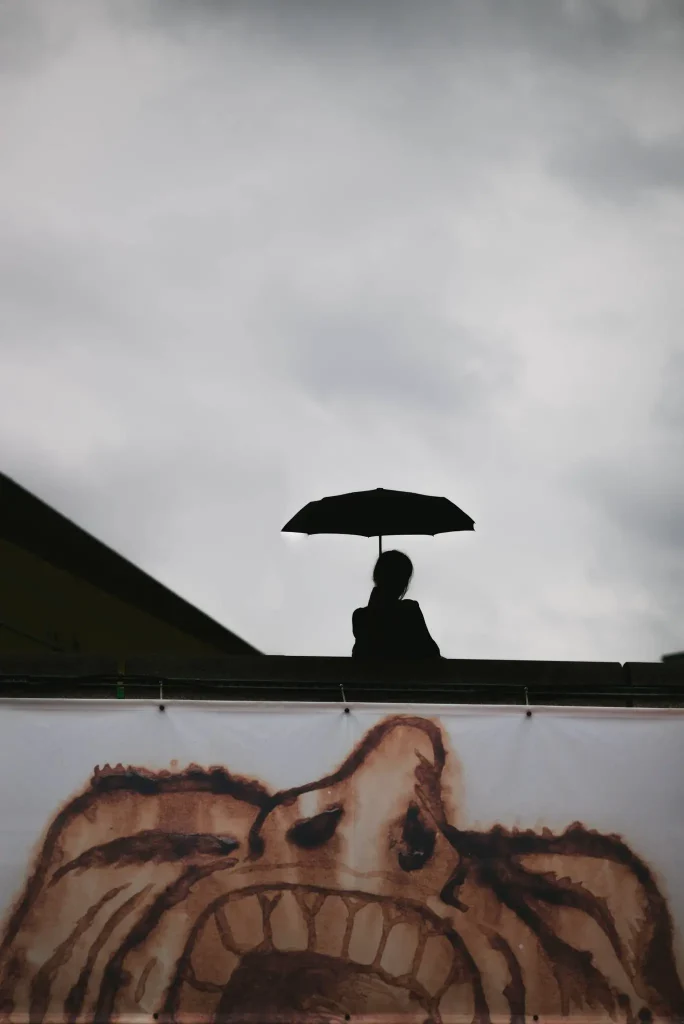
I didn’t want to part with the camera for the notoriously long time it takes to calibrate at the factory, and instead learned how to calibrate the rangefinder myself, a task which I can now do in around ten minutes. After this I managed to achieve perfectly precise focus from my Noctilux, and even the 90mm APO, a notoriously difficult lens to focus. I strongly recommend that any rangefinder owner learn how to calibrate a rangefinder themselves, as it is an invaluable skill especially when travelling far from a Leica servicing centre.

Coming directly from Sony the Leica M240 fell short in terms of low light capabilities – although this is a little unfair as Sony seem to be the industry standard for measuring high ISO performance in their spectacular sensors. Luckily Leica is famous for their bright lenses, and I was able to work in most conditions without crossing ISO3200.
The DNG files were fantastic to work with, and I didn’t have to run any kind of conversion on them before importing them to Lightroom. I still don’t understand why more manufacturers can’t adopt DNG as the standard, as they seem to be the most universal to edit. Editing a perfectly focused image is always a delight, and the M240 gave me great flat colours to work with and bring out. The “look” of my photography is based on the time I spent playing with Leica M240 DNG files in Lightroom and building presets and colour palettes to match – I quite like pastel shades of bold and standout colour, and this can be tricky to achieve if the file is in any way “blocky” or underexposed.
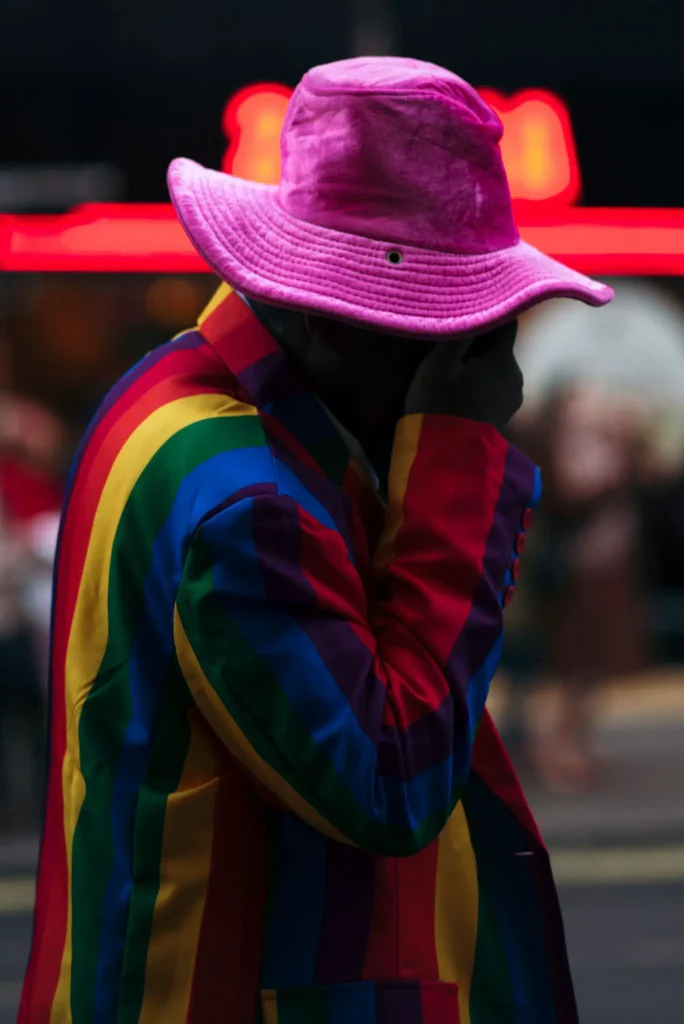
The 240 was my first rangefinder, and was so engaging that I felt I owed it to myself to at least experiment with the M8 and M9 – both legendary cameras as the Leica M240 ought to be. However it was really only the M10 which convinced me to put the 240 down and to move on. The 8 and 9 are both fantastic and wonderful, but feel clunky and show their age – and as parts become more scarce they will become increasingly uneconomical to repair.
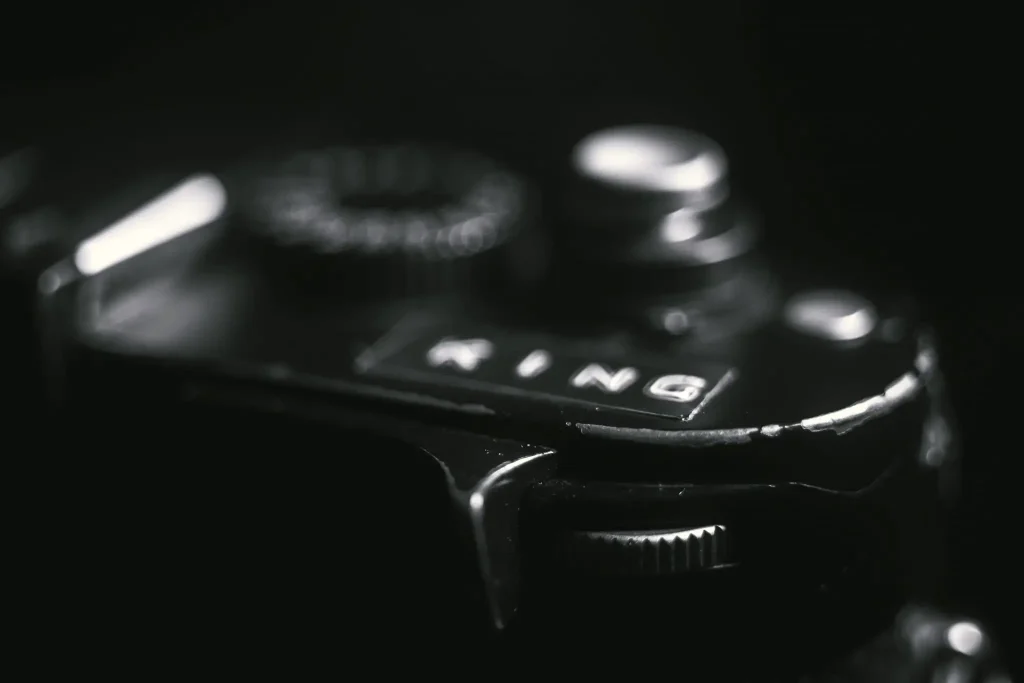
Despite my description above of the Leica M240 as a very durable brick it is not the easiest brick to hang on to during drawn out shooting situations. It is a slippery brick, with little affordance to grip at either the front or the back where you would expect or hope to be able to curl at least one finger for support. A company called Match Technical produce a hotshoe accessory called the Thumbs Up, which replicates the support offered by the film level on earlier, non-digital, Leica M cameras. I’ve since gifted this to another photographer, and replaced it with a “thumbie” a smaller piece of metal which serves a similar purpose whilst freeing the hotshoe for use with the EVF. I used locktite to secure this to the back of the camera and it isn’t likely to be coming off without some light to moderate chiseling.
It is essential that my cameras feel right to my hand, that I am comfortable using them every day, and I don’t mind altering/desecrating them to achieve this.
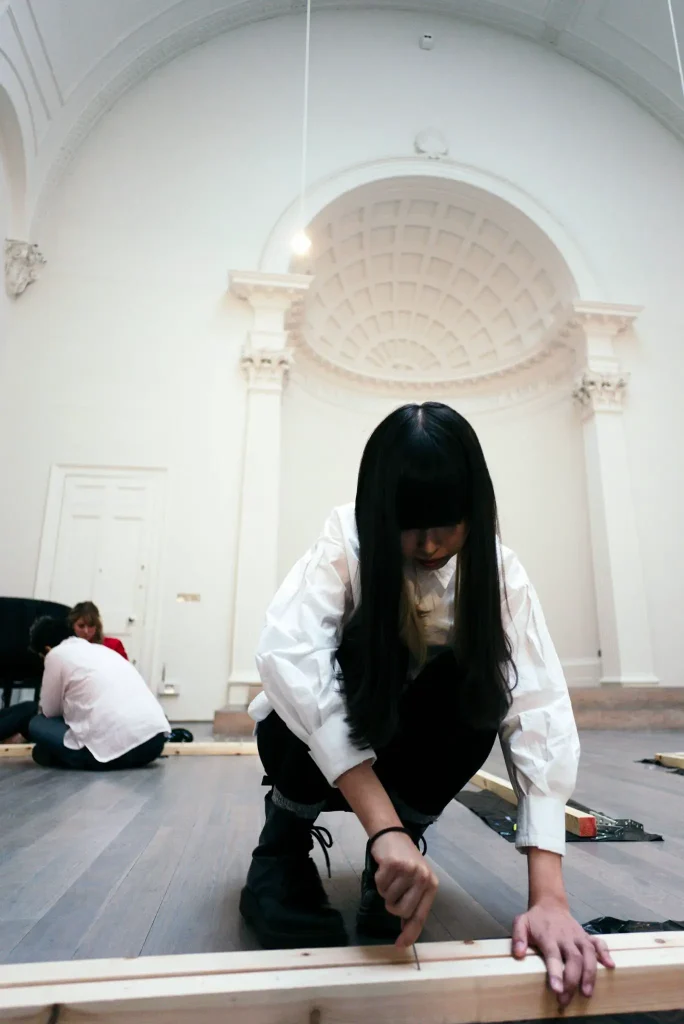
The Leica M240 has guided my photographic journey like no camera before it, my attachment to the rangefinder meant forging a connection for some of my earlierst work to be published on the Leica Blog, which motivated me to continue after positive feedback and attention from potential clients. There are images I have and cherish that I would not have taken if not for the photographic principals I learned from daily use of the M.
It is the perfect camera for discreet photography, renowned for its application to street photography, but recently finding a following from wedding and backstage photographers – where stealthy documentary is a very useful skill. For digital purists it’s hard to find a more classic option that isn’t just another digital M.
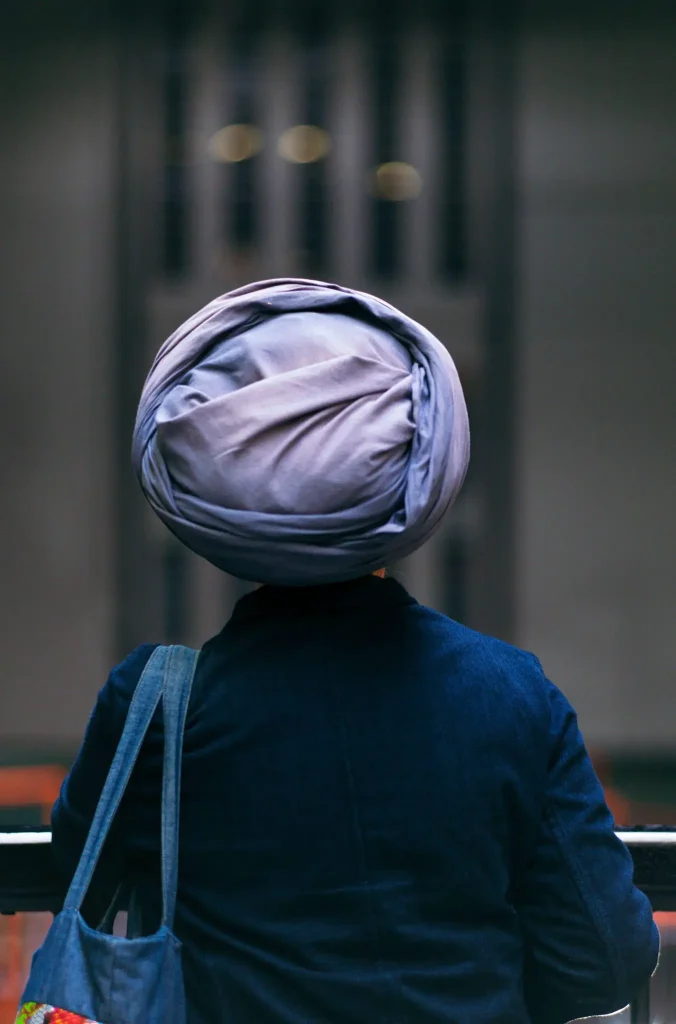
The Leica M240 helped me move towards consistency in my images which influenced my projects, cultivating ideas and disparate photography concepts to create work I would never have thought of otherwise. It has documented my travels, my life, helped me to pay my bills, and brought me to the standard as the artist and storyteller I am now.
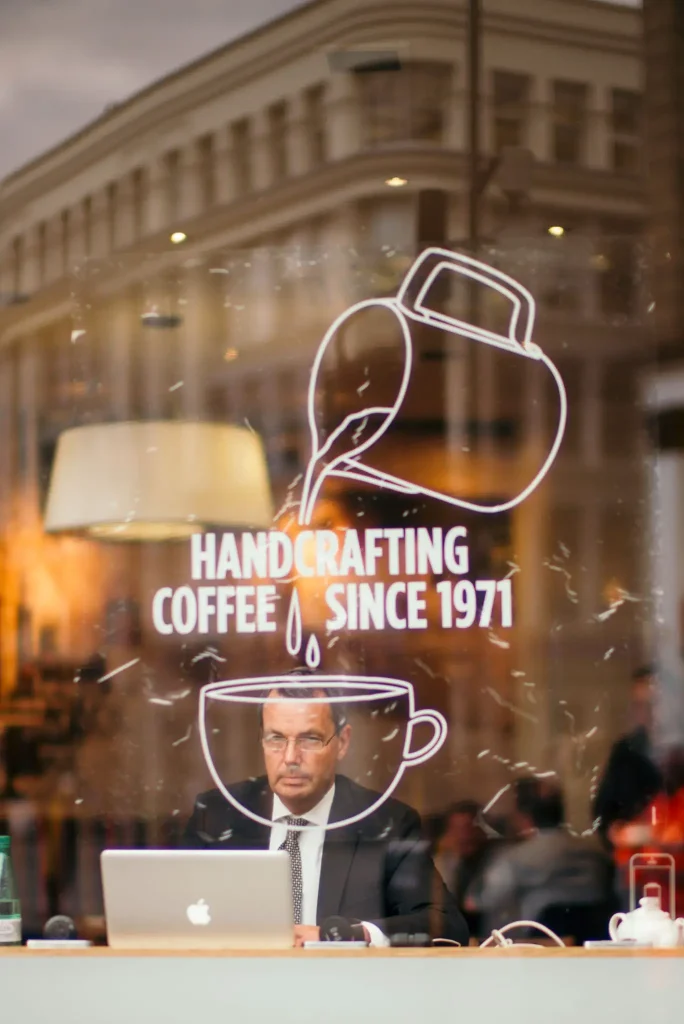
I think this is reason enough to consider it as a good option today. For anyone looking to get into digital rangefinders these have never been cheaper secondhand, and are a far more worthwhile “investment” than the M9 – as mentioned above, which can cost up to half its secondhand value (at time of writing) for a sensor replacement, or refurbishment.
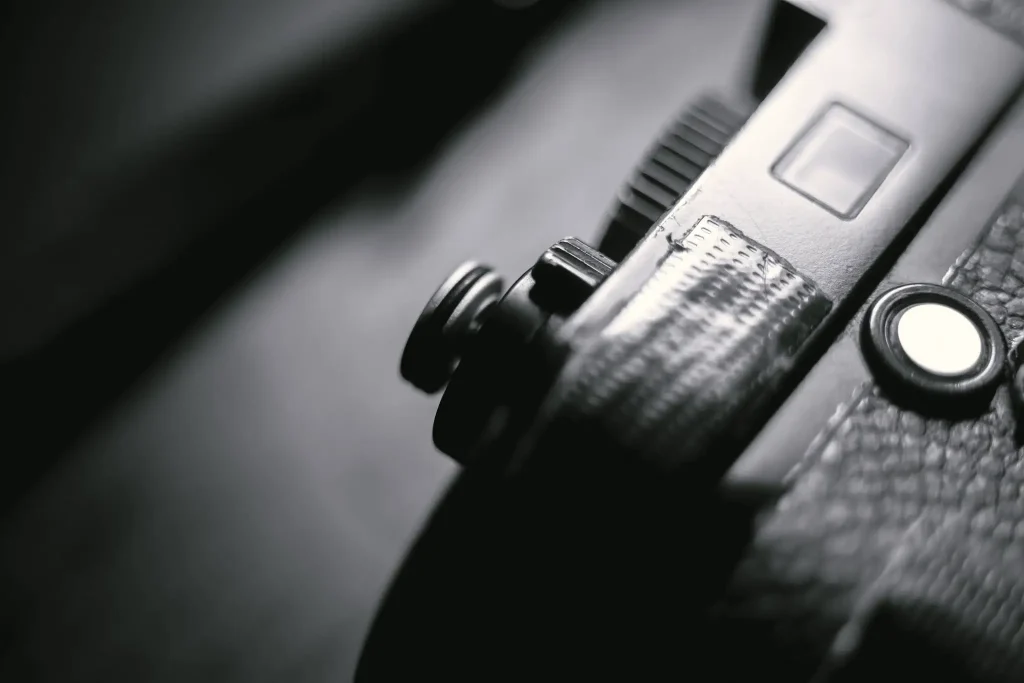
In November 2017 I went for a walk with my Leica M240, not knowing that the next day I would receive a phone call from my Leica dealer letting me know that my M10 was in store and ready for me to collect. I was on Tottenham Court Road when I spotted this window, with beams of winter sunlight reflecting off it. I waited at a crossroads for about five minutes, waiting for people to walk past, and snapping a couple of shots each time someone did. This was the shot I kept, and I think is very telling of the way my style has shifted since starting photography as a hobby back in 2013. A lot of that is due to everything I learned from using my M240 and searching specifically for light and shadow, interesting characters, and engaging compositions. To me this is a very fitting image to retire my Leica M240 on.
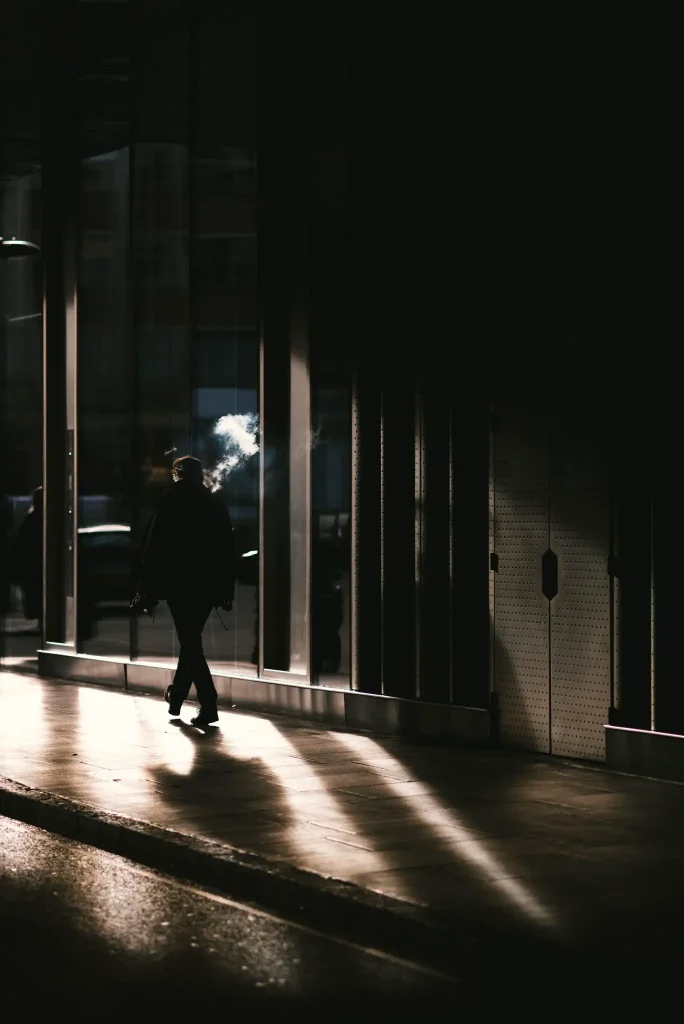
I know this isn’t the most in-depth analysis of the Leica M240, and I’m working on a longer slightly more review-y review for my own blog, so keep an eye out for that. Thanks for taking the time to stop by and look at my photographs, as always.
If you like my work and would like to see more then you can follow a feed of my best work on instagram, or read my blog for specific stories and anecdotes about my everyday photography.
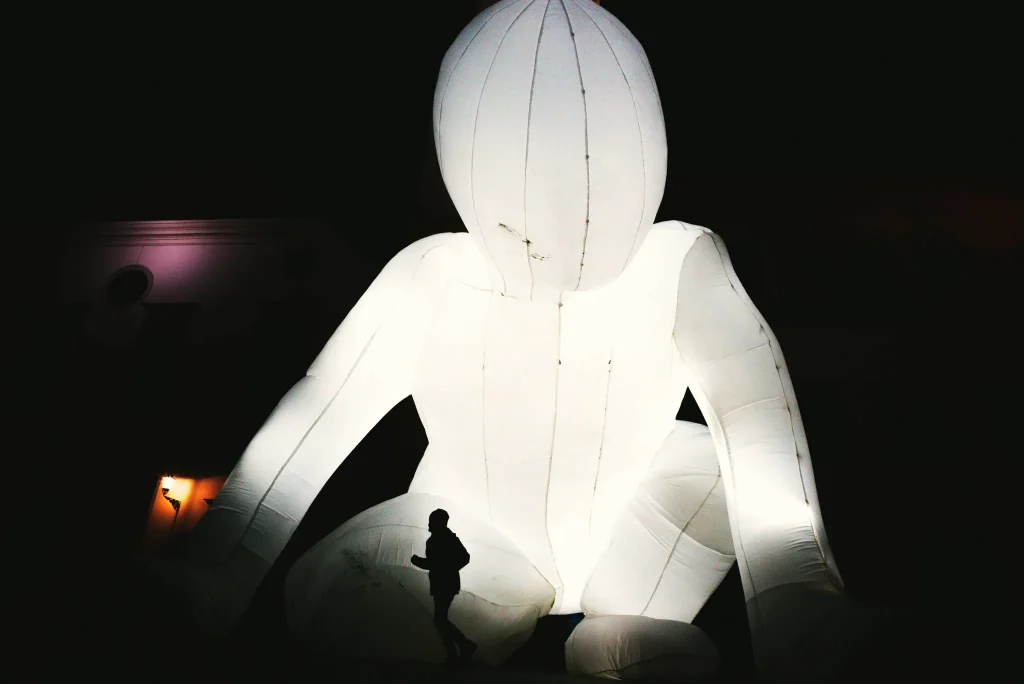
Another Leica M240 review by Hamish can be found here
Share this post:
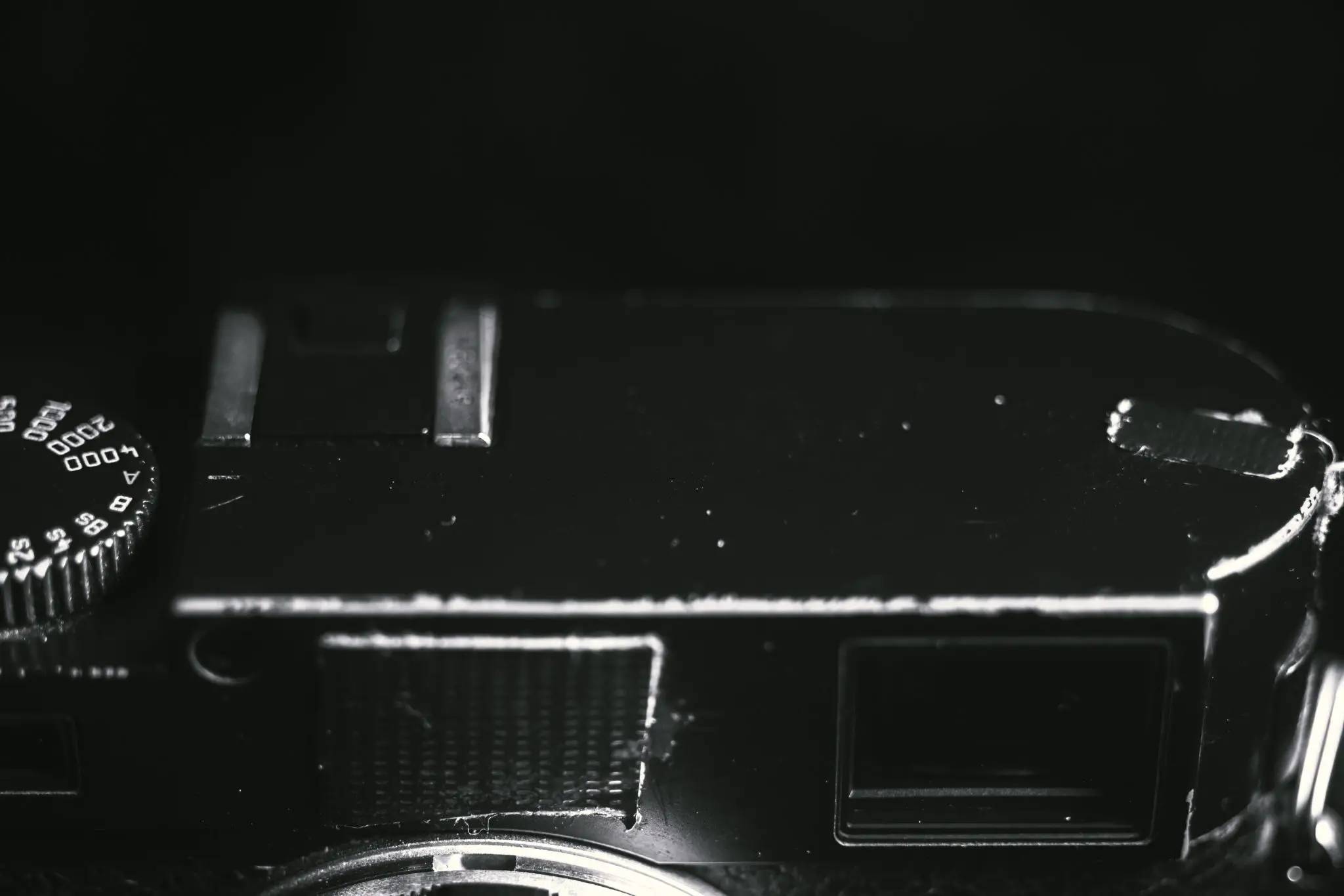
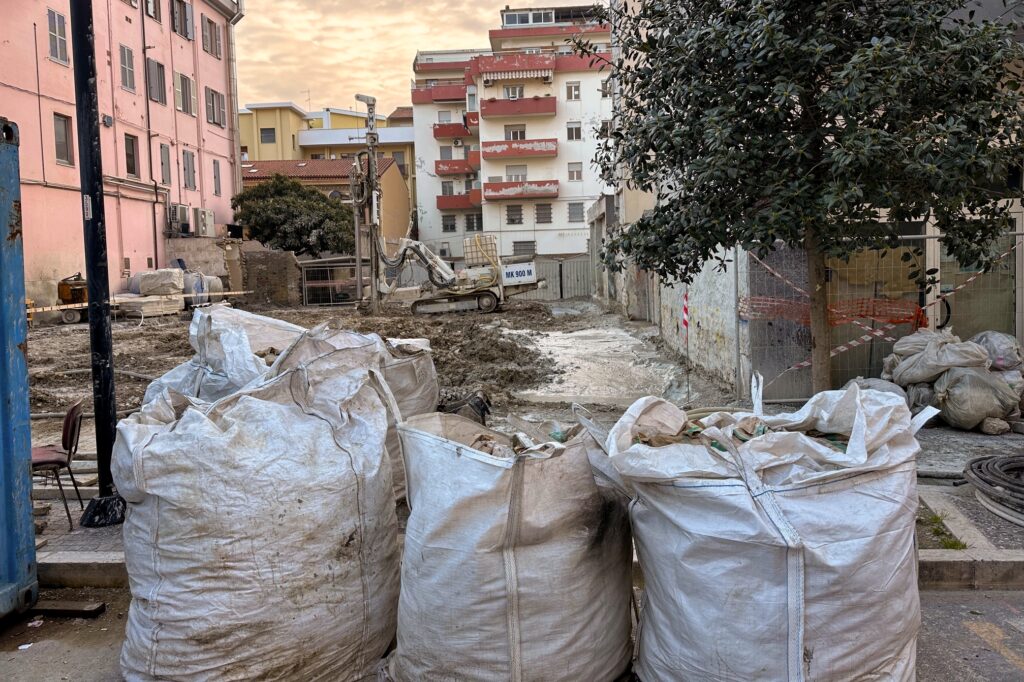
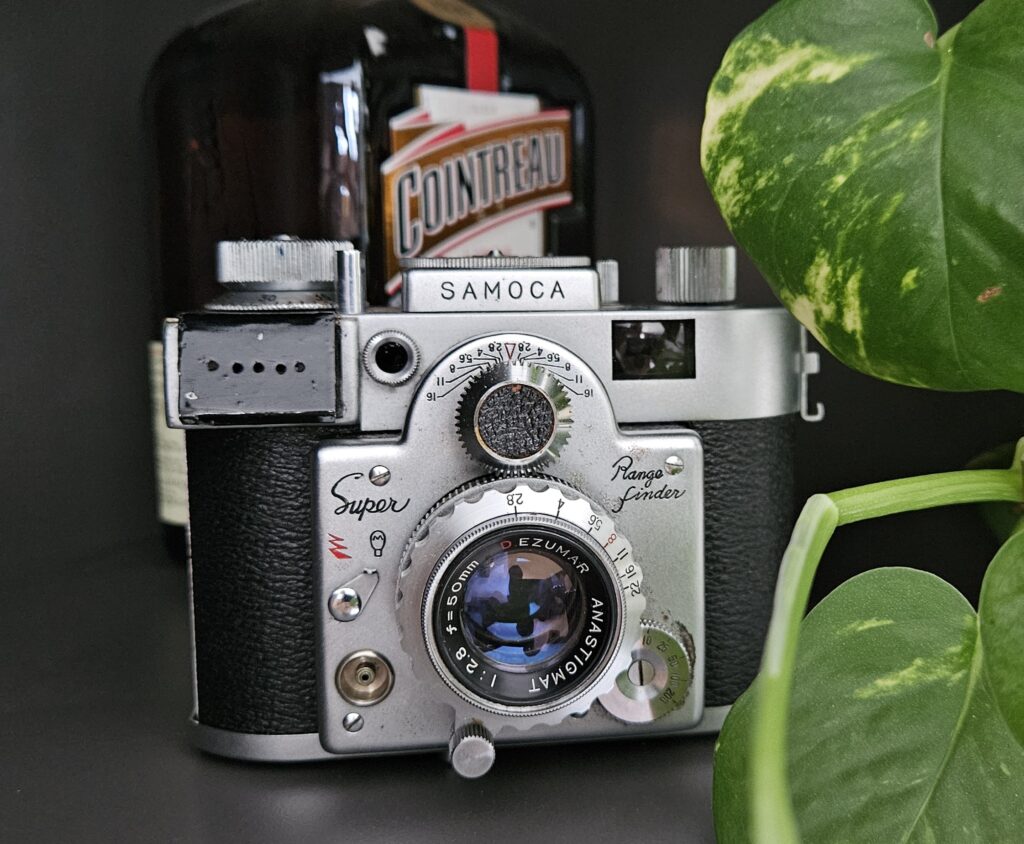






Comments
Alex Hakimi on Leica M240 – Retiring My Well Worn Rangefinder – By Simon King
Comment posted: 06/03/2018
Comment posted: 06/03/2018
Comment posted: 06/03/2018
Comment posted: 06/03/2018
Comment posted: 06/03/2018
Neil on Leica M240 – Retiring My Well Worn Rangefinder – By Simon King
Comment posted: 06/03/2018
Comment posted: 06/03/2018
Comment posted: 06/03/2018
Comment posted: 06/03/2018
Comment posted: 06/03/2018
Ben on Leica M240 – Retiring My Well Worn Rangefinder – By Simon King
Comment posted: 06/03/2018
Comment posted: 06/03/2018
schaafs on Leica M240 – Retiring My Well Worn Rangefinder – By Simon King
Comment posted: 10/03/2018
Chris on Leica M240 – Retiring My Well Worn Rangefinder – By Simon King
Comment posted: 18/03/2018
Comment posted: 18/03/2018
Lennaert on Leica M240 – Retiring My Well Worn Rangefinder – By Simon King
Comment posted: 10/03/2019
Comment posted: 10/03/2019
5 Frames with Ilford Delta 3200 (at EI8000-ish) - by Simon King - 35mmc on Leica M240 – Retiring My Well Worn Rangefinder – By Simon King
Comment posted: 14/01/2020
Marc Wick on Leica M240 – Retiring My Well Worn Rangefinder – By Simon King
Comment posted: 11/03/2020
enjoy your M10!!